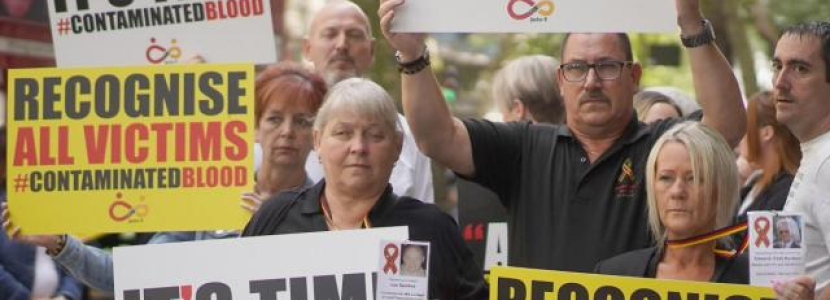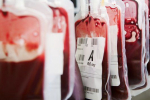
Thirty years ago, I first spoke with The Haemophilia Society UK’s chief executive about getting more effective help for victims and their families. We recognised then that there was a great injustice that would take the lives of hundreds of innocent blood recipients.
As Chair of the APPG on Contanimated Blood, I know that these terrible events have had a dreadful impact on those affected and we must make sure that it may never be allowed to happen again.
With great help from the Haemophilia Society and victims’ groups, we celebrate the Prime Minister's announcement, as of 11th July 2017, that the Government will hold a full inquiry to understand exactly what happened, and how the infected blood tragedy occurred. The Health Secretary acknowledged that this tragedy caused 'unimaginable hardship and pain' for many, and I am happy that an inquiry is taking place.
I would like to note the Government's strong record in support of those who suffered. Since 1988, there have been five schemes to provide financial and other support to infected and affected people.
In the wake of the Penrose Report in Scotland, the Government allocated an additional £25 million to go towards securing a better payment and support system for affected individuals. Scheme reform has been a priority and I am pleased that the Government announced a further £100 million of support over this Spending Review period.
In July 2016, following the first public consultation, the Government announced reforms to the infected blood payment scheme. The changes aim to ensure that the support provided will be simple, equitable and responsive to individuals' circumstances, and available resources will be focused on those who are most in need.
More information on the changes can be found on the below webpage:https://www.gov.uk/government/consultations/infected-blood-reform-of-financial-and-other-support
In previous years, the Group undertook an inquiry into the support for those affected by the contaminated blood scandal in the UK which was published in January 2015. Read the full report (PDF) or the executive summary (PDF).




